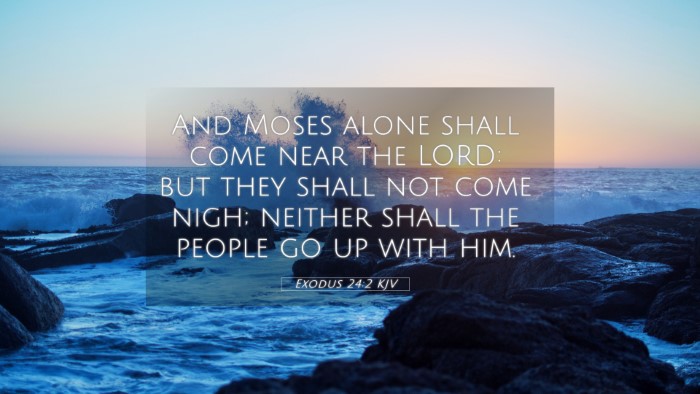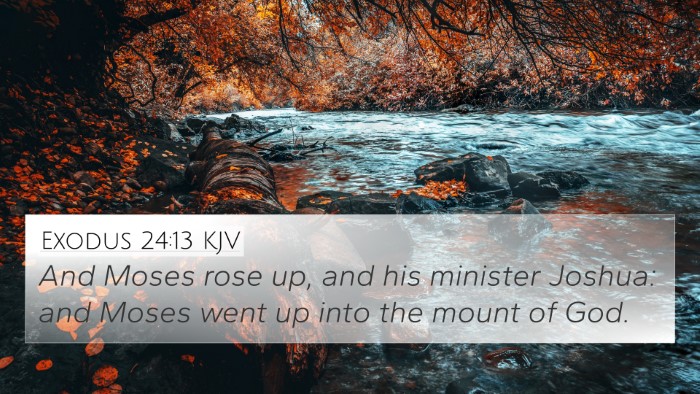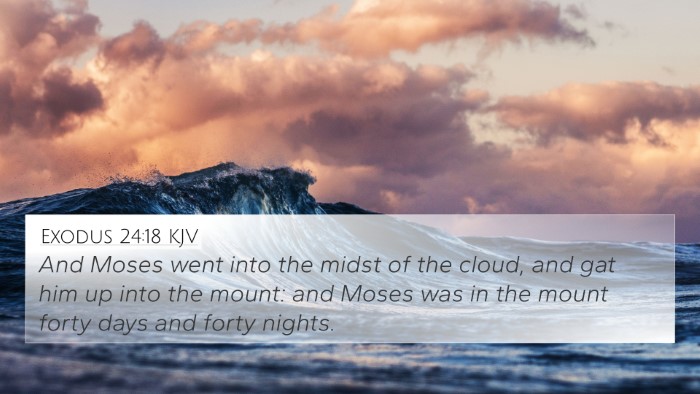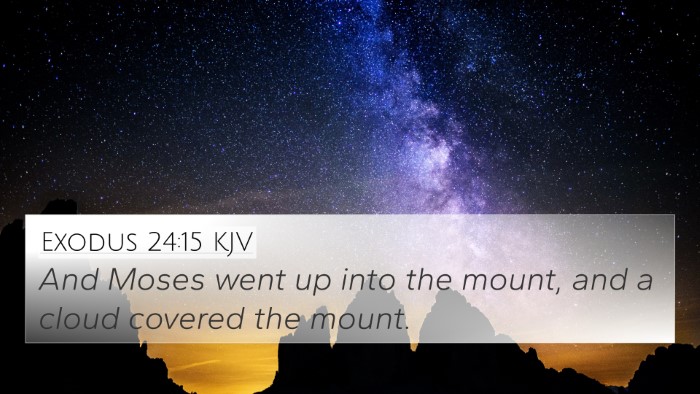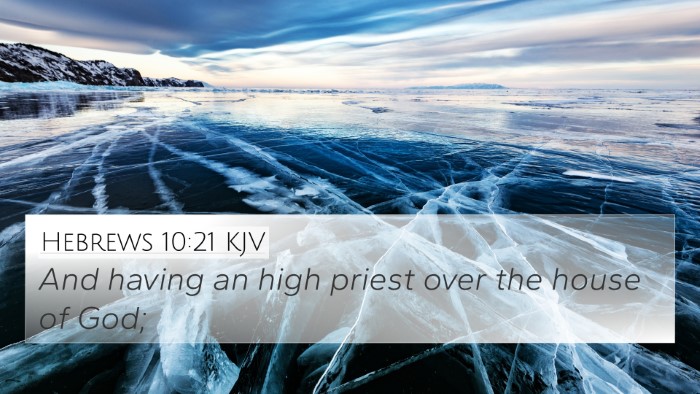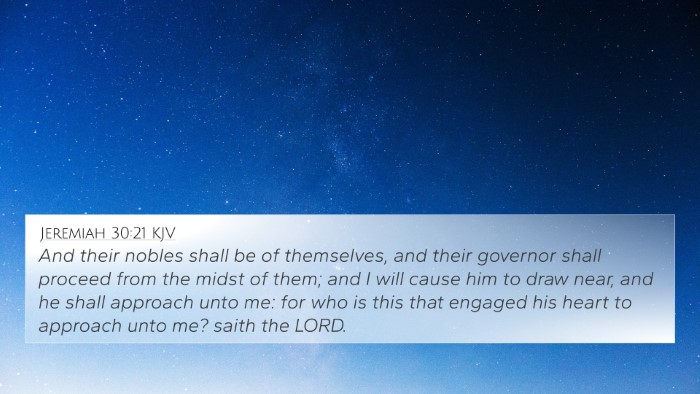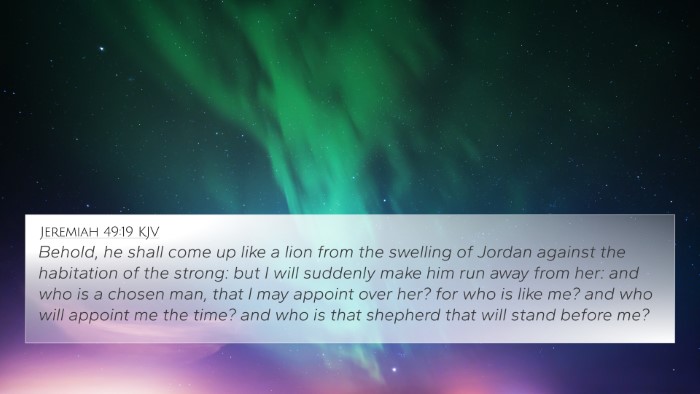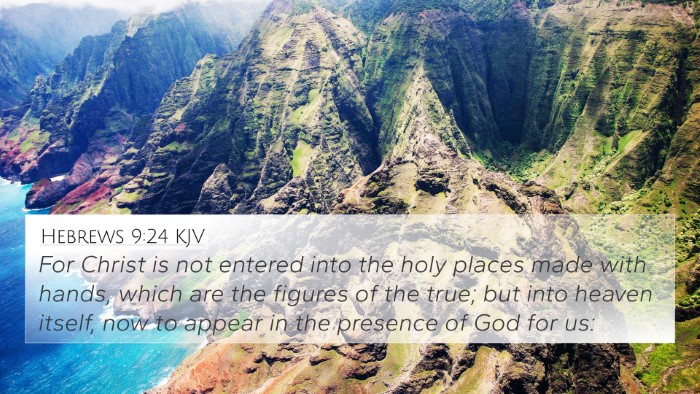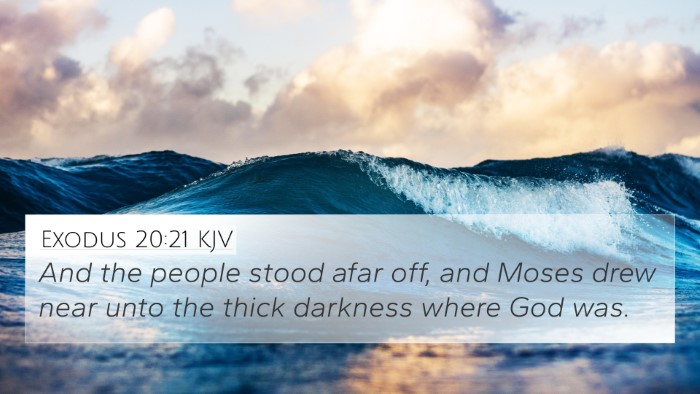Understanding Exodus 24:2
Exodus 24:2 states: "And Moses alone shall come near the Lord: but they shall not come nigh; neither shall the people go up with him." This passage reveals significant themes concerning leadership, divine encounter, and the separateness of God amidst His people.
Verse Context and Meaning
This verse occurs in a pivotal moment where God is establishing His covenant with Israel. Moses is called to ascend Mount Sinai to commune with the Lord, while the Israelites are instructed to remain at a distance. This separation emphasizes God's holiness and the need for a mediator.
Moses as Mediator
Moses serves as the representative of the people, illustrating the importance of a mediator in approaching God. According to Matthew Henry, Moses's unique role symbolizes the greater mediator, Jesus Christ, who later fulfills that role for all humanity (Hebrews 9:15).
Divine Holiness
Henry notes that God’s holiness necessitates a respect for boundaries when approaching Him. The approach to God is a serious matter and must be undertaken with reverence, highlighting a recurring theme in both the Old and New Testaments regarding the necessity of purification and sanctification.
Cross-References and Thematic Connections
This verse connects with multiple other scriptures, revealing an intricate web of biblical themes:
- Hebrews 9:7: Discusses the limited access to the Holy of Holies, aligned with the separation mentioned in Exodus.
- Exodus 19:12-13: Prior instructions concerning the people’s boundaries at Mount Sinai, reinforcing the call for holiness.
- 1 Timothy 2:5: Further exemplifies the biblical principle of mediation between God and humanity.
- Romans 5:1: Speaks about peace with God through Jesus Christ, showcasing the culmination of Moses's role as a mediator.
- John 14:6: Jesus professes to be the way, indicating the exclusive access to God that was hinted at during Moses's time.
- Isaiah 59:2: Revealing how sin creates a separation from God, echoing the need for a mediator.
- Leviticus 10:3: Illustrates God's holiness and the seriousness of approaching Him improperly.
- Matthew 27:51: The veil of the temple was torn, symbolizing the removal of barriers between God and man established in the Old Covenant.
- 2 Corinthians 5:17-18: The new covenant theme that brings reconciliation through Christ.
- Revelation 21:3: Ultimately, God dwells among His people, concluding the separation witnessed in Exodus.
Importance of Cross-Referencing
This verse highlights the significance of scriptural cross-referencing in biblical study. It demonstrates how linking Bible scriptures deepens understanding of how testaments converse and relate.
Using tools for bible cross-referencing allows readers to identify connections between passages conveniently. This enriches the study and discernment of the overarching narrative woven throughout the scriptures.
Methods for Cross-Referencing
When performing a cross-reference Bible study, readers can employ numerous methods:
- Use a bible concordance to find related terms and verses.
- Conduct a thematic study through bible reference resources to see how themes interplay across different books.
- Explore specific themes through comprehensive bible cross-reference materials which offer situational context.
- Analyze the connections between Old and New Testament through detailed studies on specific topics.
Conclusion
Exodus 24:2 serves as a profound reminder of the holiness of God and the importance of mediators. Through careful study and comparative Bible verse analysis, readers can deepen their faith and understanding of how God's covenant unfolds across both the Old and New Testaments.
This cross-referencing fuels a deeper understanding of scripture, allowing believers to explore connections between Bible verses that enrich their spiritual lives.

